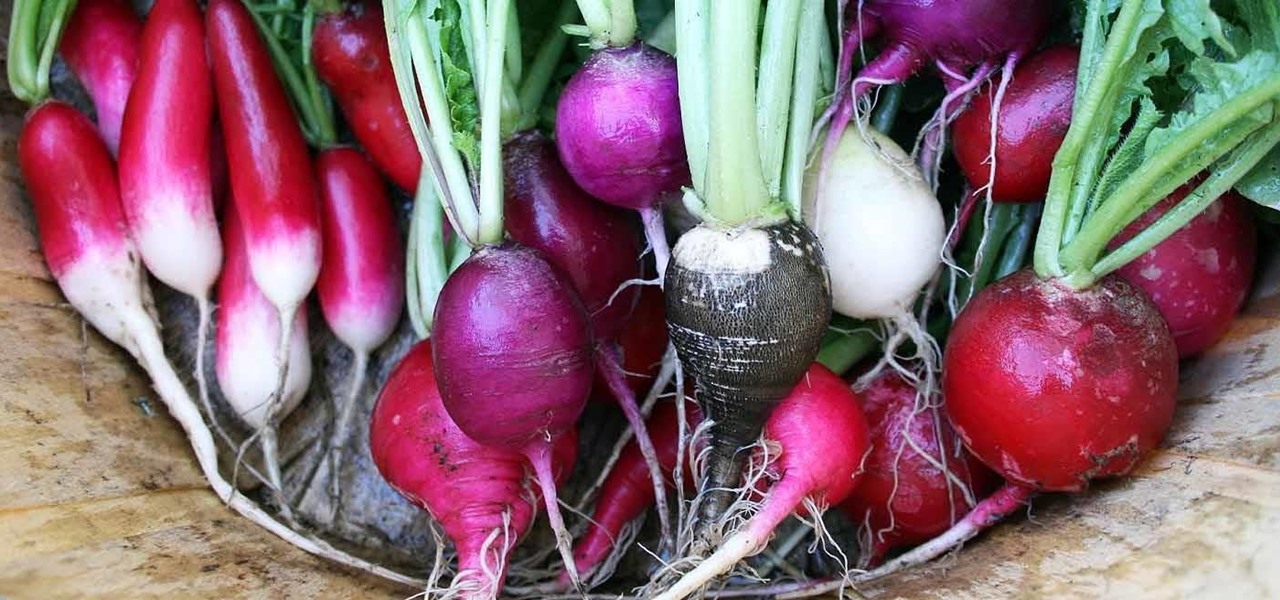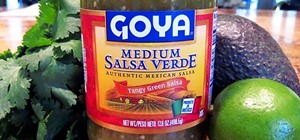The Spanish and Portuguese introduced many things (some desirable, some not, depending on your POV) to Mexico in the sixteenth century: Christianity, language, and lots of flora and fauna.
Among the flora were radishes, a root vegetable which was briskly inducted into the local cuisine. The next time you bite into a crunchy radish at your favorite taco truck, thank the Old World and Mexican resourcefulness.

But the radish offers more than just crunch and freshness. Mexican food can be greasy (think al pastor), and the radish's tang helps cut that grease. It also contains compounds to help you process that heavy food more efficiently, too.
Radishes Can Help You Digest Food
In a 2009 study, it was determined that the digestive enzyme amylase in radishes helps break down complex carbohydrates into compounds that are easier to assimilate.

In Eastern medicine, radishes are prized as a digestive aid. In fact, some say the radish originated in China; others say its origins are in the Mediterranean.
The Chinese use radish seeds to help eliminate food retention, and the root itself is used to treat digestive conditions like abdominal pain and acid reflux. In Japan, carb-heavy dishes like tempura incorporate the radish as a means of easing digestion; a traditional Japanese meal is concluded with slices of pickled daikon for the same reason—and for cleansing the palate.
There is, of course, a few caveats—not all radishes carry the same volume of nutritional value. Also, you need to have more than a smattering to enjoy their health benefits.
Radishes You Should Know
First, let's do a quick rundown of the different varieties available.
- Table radish: Also know as the European radish, this is the type you'll see at most taco trucks. The ping-pong ball-shaped varieties come in red, pink, white, or purple.
- Black radish: Also called Spanish black radish, this variety has a dark black exterior and white interior. Its flavor is sharper and more peppery than the table radish.
- Daikon: Also known as Japanese radish, daikon resembles a large, white carrot and is the mildest in flavor (unless pickled, a process that releases the sulfur in the root vegetable).



Of these three, many practitioners of complementary medicine believe that daikon and black radish have the most robust medicinal properties. They believe that the enzyme profile of daikon juice closely resembles that of the human digestive tract and therefore might aid in digestion, while black radish has alkalizing properties, which can help the body manage acidity levels that are prone to rising after consuming meat and dairy. To maximize their health benefits, these radishes are best eaten raw.
Radishes: Nutritional Powerhouses, Tiny Calorie Counts
While the table radish may not match the potential health benefits of its counterparts, it's still a healthy addition to your diet. Radishes are high in Vitamin C for their size: one cup yields 17.2 mg, or 29% of the daily suggested intake. The same goes for fiber: the same amount offers 1.9 g, which is 7% of the daily recommended value. That same serving size contains about 19 calories.
Radish leaves are an even better source of nutrients, containing more vitamins and protein than their roots. You can use the leaves in stir-fries, soups, or smoothies.

They Even Have Their Own Festival
The radish figures largely in other non-culinary arts, too. Mexicans, avid wood-carvers, saw strong artistic potential in the radish. Today, the annual art contest/tourist attraction La Noche de Rabanos, or the Night of the Radishes, is a relic of their ingenuity.

Be Healthier: Incorporate Radishes into Your Meals
If you live in the United States, you're more likely to find table or daikon radish at the market. You can prepare them a number of ways: table radishes can be thinly sliced and tossed into a salad, or between bread slathered in butter (the typical French way); sauté them in butter and herbs and sprinkle with salt and pepper (still French); for an Asian twist, marinate radish slices in vinegar, honey and soy sauce.
Or you can find inspiration at a restaurant and bring it into your own kitchen! Pan-roasted salmon with collard greens and radish, anyone?

How do you like them radishes?
Just updated your iPhone? You'll find new emoji, enhanced security, podcast transcripts, Apple Cash virtual numbers, and other useful features. There are even new additions hidden within Safari. Find out what's new and changed on your iPhone with the iOS 17.4 update.























1 Comment
Dikon radish, takes away the facial swelling from Angioadema. Without it going out in n public is a picture problem, people won't look at me, and I look like a cartoon character.
Share Your Thoughts